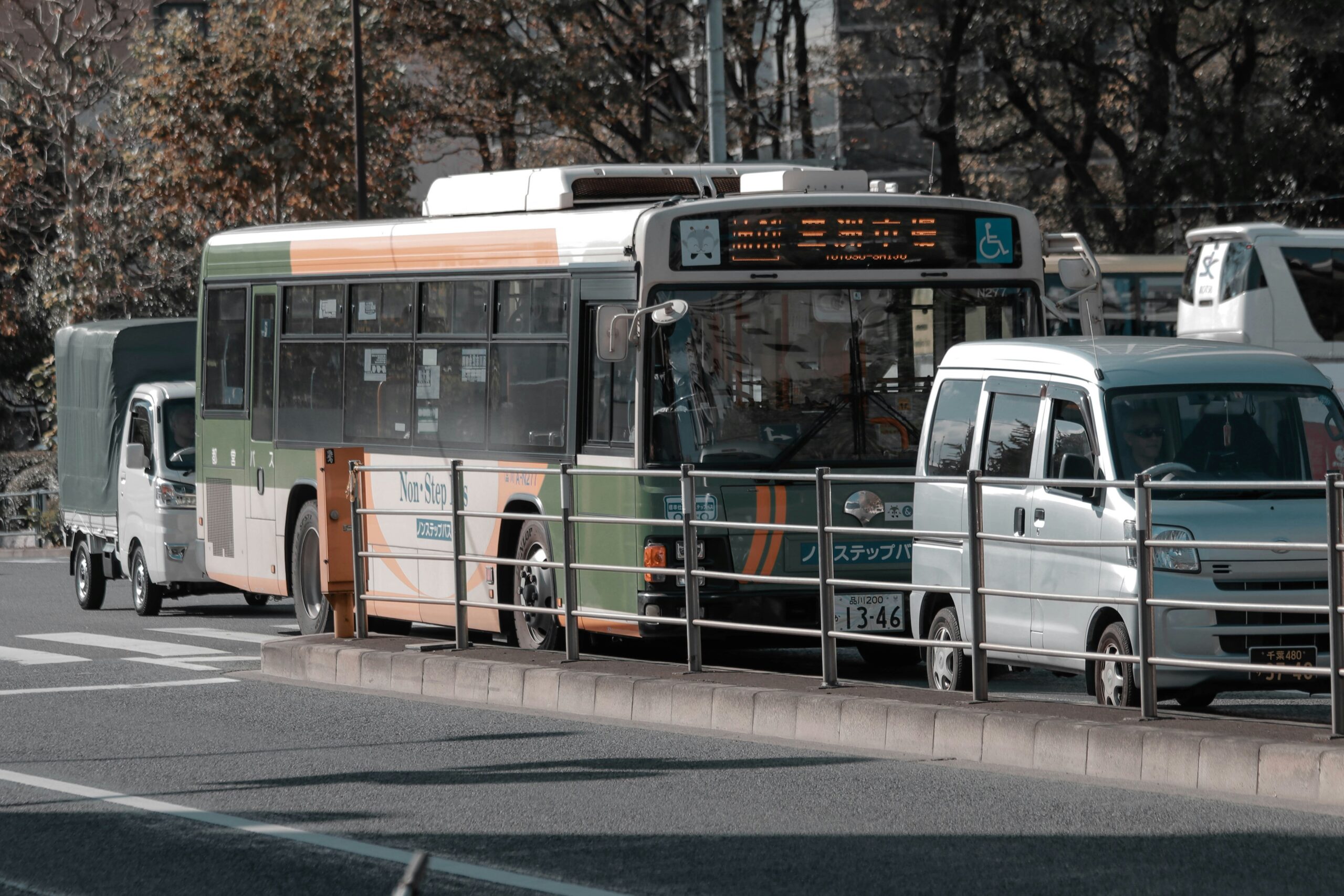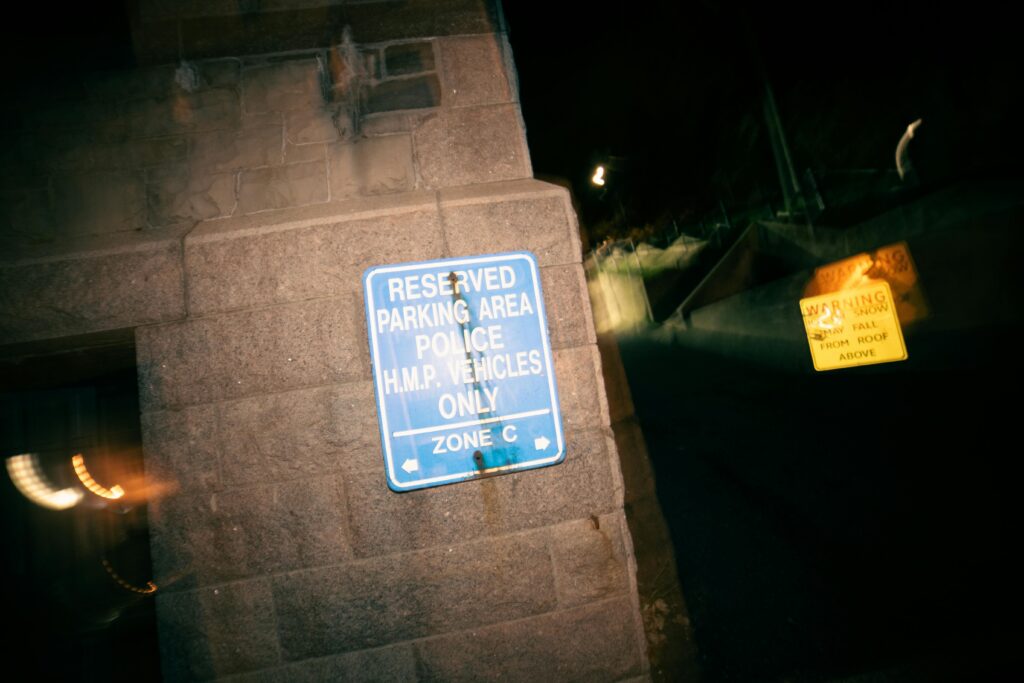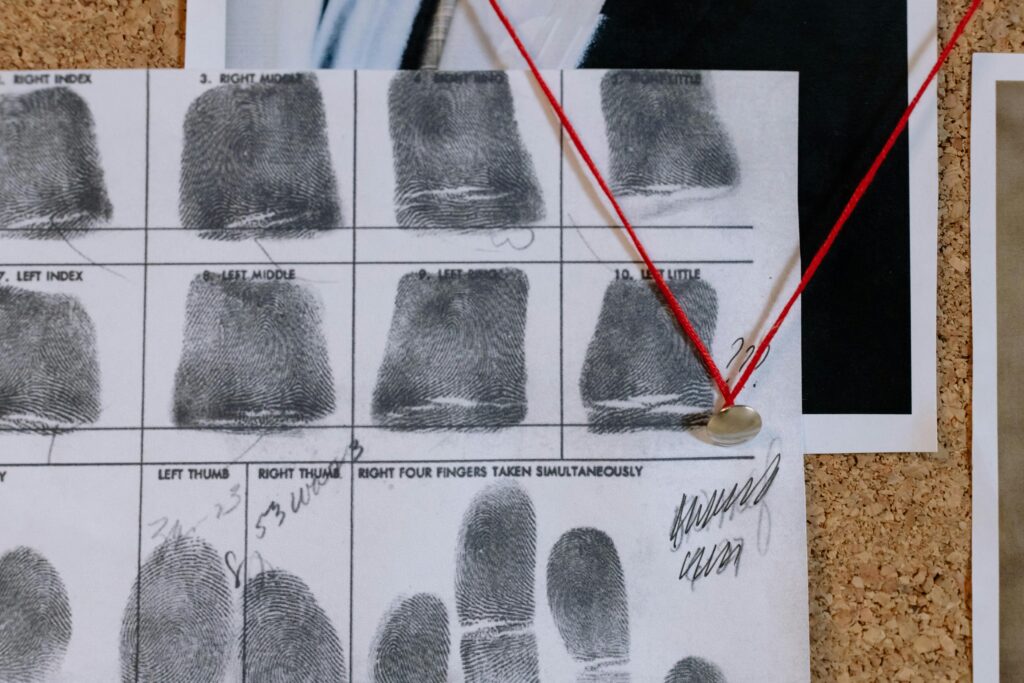“Ever felt a chill run down your spine while waiting for a cab in an unfamiliar city? Yeah, we’ve all been there.”
Whether you’re traveling for work or pleasure, personal safety should always be at the top of your mind. But what happens when “safe transportation options” aren’t as straightforward as they seem? What if your usual ride-hailing app doesn’t scream “secure,” or public transit feels risky after dark? And here’s the kicker: how do you even prepare for something as rare but terrifying as kidnapping?
In this blog post, we’ll dive into the importance of safe transportation options and explore how kidnap and ransom insurance fits into the picture. You’ll learn:
- Why safe transportation matters more than ever
- Steps to evaluate risk and choose secure modes of travel
- Tips to leverage kidnap and ransom insurance effectively
- Real-world examples of people who got it right (and wrong)
Table of Contents
- Key Takeaways
- Why Safe Transportation Matters More Than Ever
- Step-by-Step Guide to Evaluating Risk in Your Travel Options
- Top Tips for Choosing Secure Modes of Travel
- What Exactly is Kidnap and Ransom Insurance?
- Real-World Stories: Lessons from Safe and Unsafe Choices
- Frequently Asked Questions About Safe Transportation
- Conclusion
Key Takeaways
- Safe transportation isn’t just about convenience—it’s crucial for physical and financial security.
- Kidnap and ransom insurance can be a game-changer in high-risk areas.
- You don’t have to compromise comfort for safety; there are affordable ways to stay protected.
- Avoid common mistakes like underestimating risks or relying solely on technology.
Why Safe Transportation Matters More Than Ever
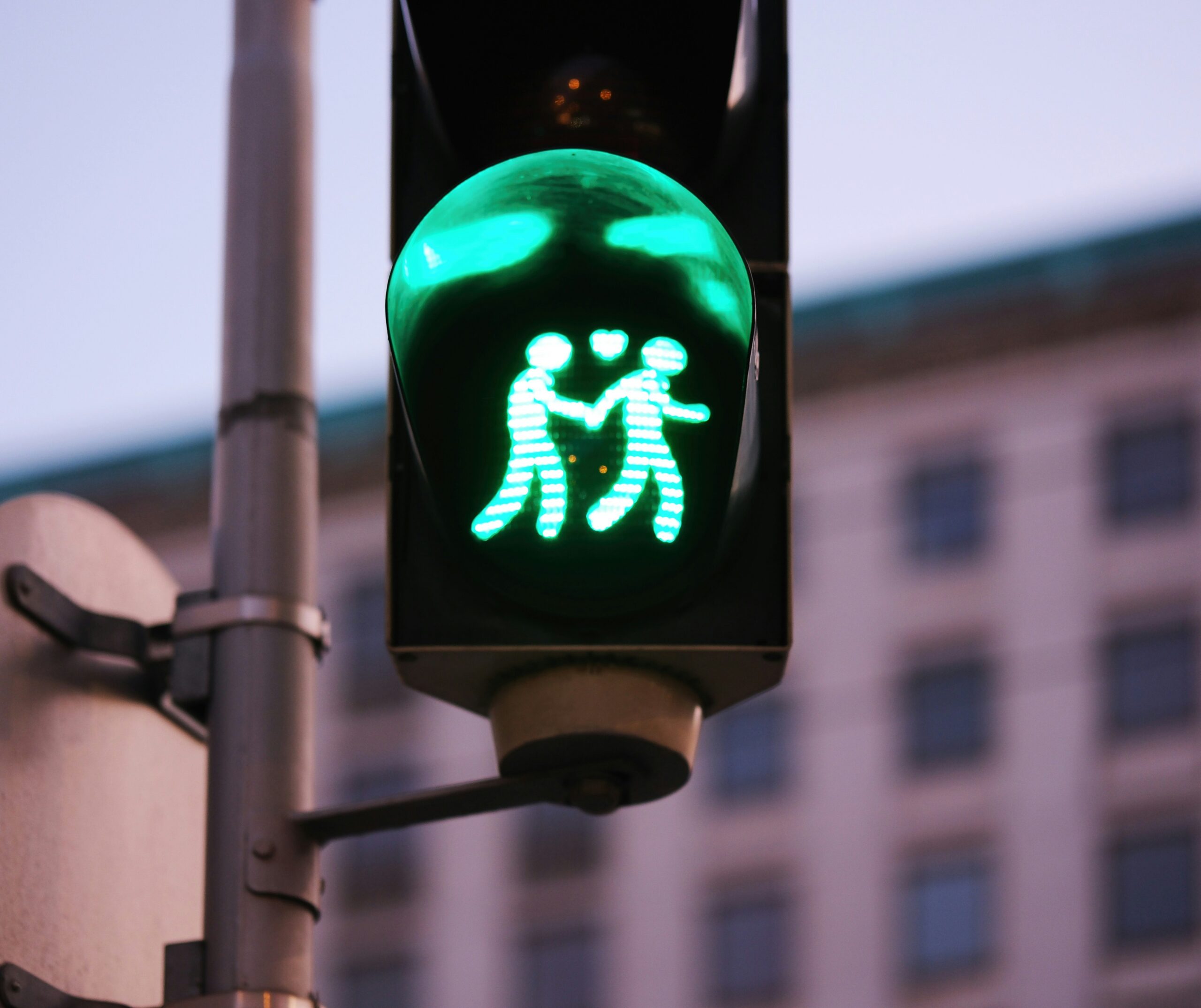
In today’s world, safety isn’t negotiable. Did you know that over 50% of violent incidents occur during daily commutes? It’s not just developing countries where travelers face danger—urban hubs around the globe report rising crime rates linked to unsafe transport methods.
Here’s one hard truth I learned the hard way: never underestimate the power of pre-trip research. A few years ago, I booked what I thought was a “reputable driver” through a popular app. Turns out, his vehicle hadn’t passed safety inspections in months, and he barely spoke English. The awkward hour-long drive left me questioning everything—especially my judgment.
“Optimist You”: ‘Follow these tips!’
‘Grumpy You’: ‘Ugh, fine—but only if coffee’s involved.’*
The Role of Technology and Insurance
Apps like Uber, Lyft, and Grab have revolutionized mobility, but no app guarantees 100% protection. That’s why pairing tech with comprehensive insurance coverage is vital. Enter kidnap and ransom insurance—a lesser-known yet critical safeguard for frequent travelers.
Step-by-Step Guide to Evaluating Risk in Your Travel Options
Step 1: Assess Destination Risks
Different locations carry different levels of danger. Use resources like the U.S. State Department Travel Advisories or Interpol reports to understand regional threats.
Step 2: Choose Reliable Providers
Prioritize trusted companies over cheap alternatives. Look for reviews, certifications, and any red flags.
Step 3: Plan Backup Routes
Always know two ways to reach your destination in case Plan A fails. Apps like Google Maps let you download offline maps for emergency navigation.
Step 4: Share Your Itinerary
Make sure someone close to you knows where you’re going and how long the trip should take.
Top Tips for Choosing Secure Modes of Travel
- Stick to Well-Lit Areas: Avoid dimly lit streets, parking lots, or isolated stations.
- Use Trusted Drivers: Vet drivers thoroughly by checking ratings and profiles.
- Trust Your Gut: If something feels off, bail immediately and find another option.
- Invest in Panic Buttons: Carry portable devices that alert authorities in emergencies.
Brutal honesty alert: Don’t fall for gimmicky gadgets promising foolproof solutions. Those $5 “safety whistles” won’t cut it. Invest in quality tools that actually deliver.
What Exactly is Kidnap and Ransom Insurance?
This type of policy covers expenses associated with kidnapping, extortion, and unlawful detention. While it sounds extreme, it’s becoming increasingly relevant for business travelers, diplomats, and expats.
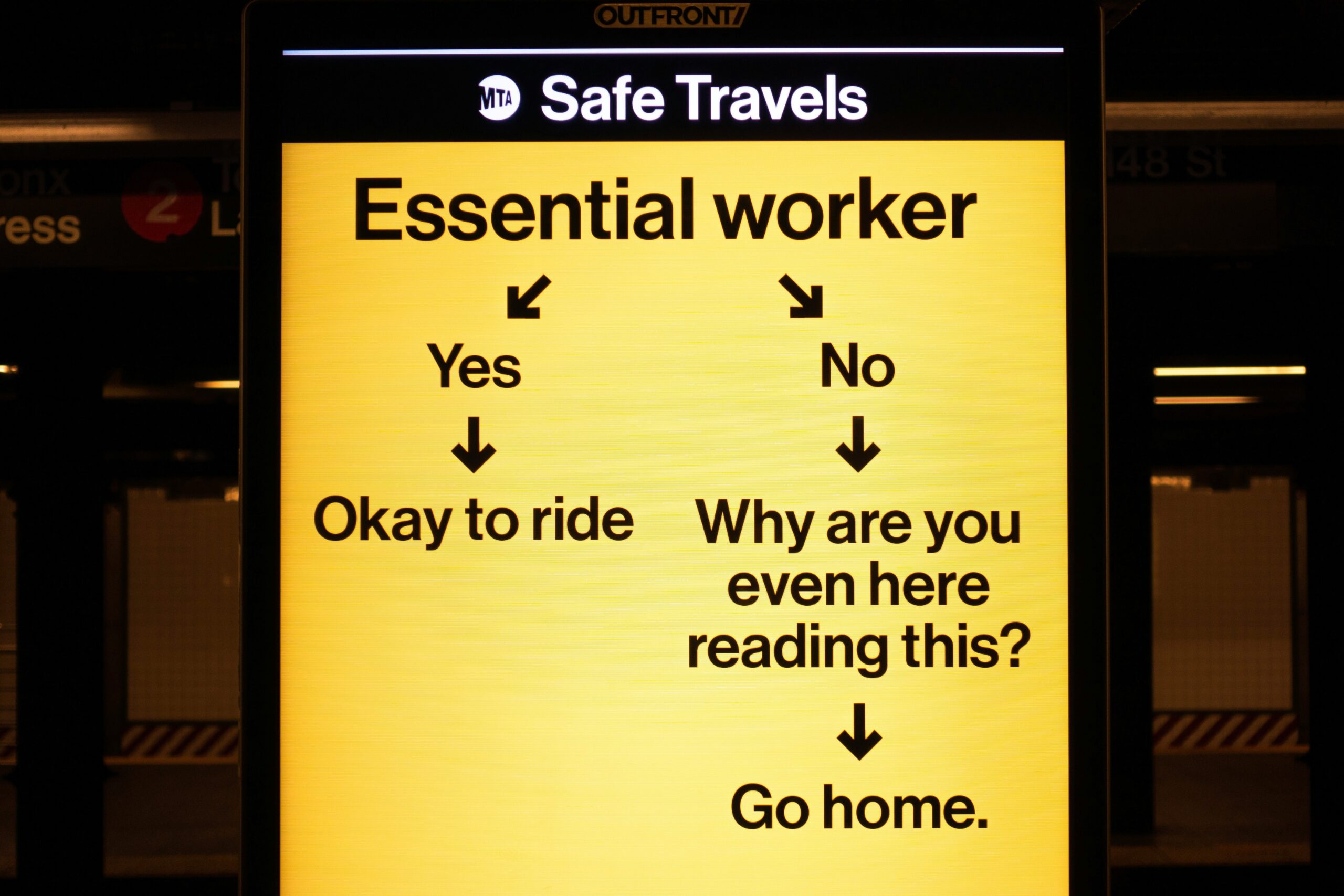
Some perks include:
- Crisis response teams available 24/7
- Negotiation experts trained in hostage situations
- Coverage for legal fees and medical treatments
Note: This ISN’T a DIY solution. Working with professionals ensures your needs align with policy specifics.
Real-World Stories: Lessons from Safe and Unsafe Choices
In 2019, Sarah, a freelance journalist, landed herself in hot water after ignoring local warnings in Mexico City. Opting for a budget taxi instead of an authorized service led to a harrowing ordeal involving attempted theft. Fortunately, her kidnap and ransom insurer stepped in quickly, negotiating safe release within hours.
On the flip side, Mark, an international businessman, opted out of additional coverage thinking, “It’ll never happen to me.” His car broke down in Nigeria, leaving him stranded—and vulnerable—for nearly three days until help arrived.
Frequently Asked Questions About Safe Transportation
Q: Are ride-sharing apps safer than traditional taxis?
A: Not necessarily. Always check individual reviews and opt for verified services with GPS tracking.
Q: How much does kidnap and ransom insurance cost?
A: Premiums vary based on coverage limits and destinations but typically range from $500–$5,000 annually.
Q: Can anyone get this type of insurance?
A: Yes, though providers may require background checks or exclusions for certain high-risk zones.
Conclusion
Traveling safely requires smart decisions, proper precautions, and sometimes unconventional safeguards like kidnap and ransom insurance. Remember, prioritizing safe transportation options isn’t paranoia—it’s preparation. So next time you’re plotting a route or booking a ride, ask yourself: Am I doing everything possible to protect myself?
P.S. Here’s some wisdom wrapped in nostalgia:
Ride safe, plan well, or your journey might end poorly.
